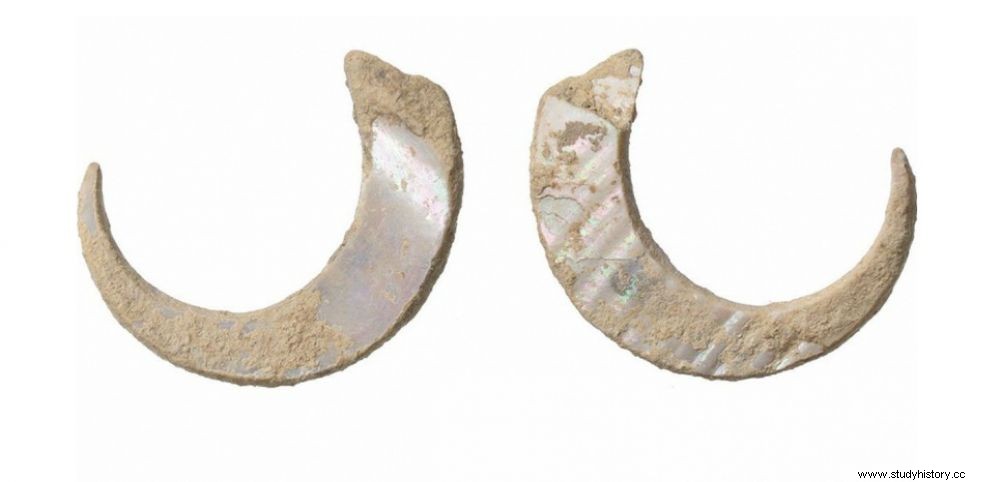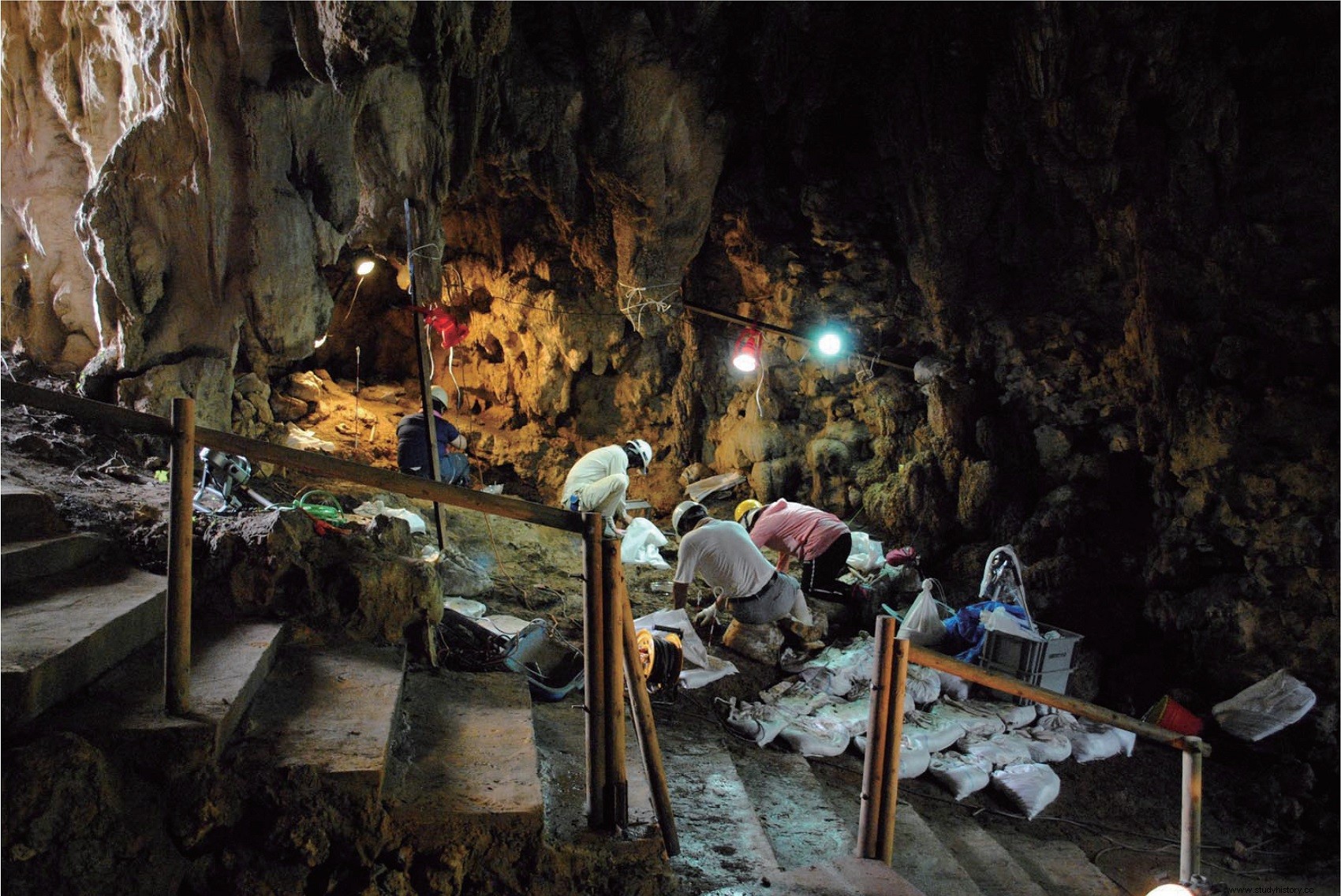 These prehistoric Japanese hooks, unearthed in Okinawa, are over 22,000 years old.
These prehistoric Japanese hooks, unearthed in Okinawa, are over 22,000 years old. FISHING. It is not known if they told tales of standing fish, but the first modern humans who lived on the island of Okinawa, between Japan and Taiwan, almost 30,000 years ago, are also the oldest known anglers in the world. Archaeologists have indeed discovered prehistoric hooks (see photo above) cut from shells. These fishing tools rested in a limestone cave in the interior of the island and more precisely in the layers dated between -22,380 years and -22,770 years. They are therefore older than similar hooks found in East Timor (estimated between 23,000 and 16,000 years old) and Papua New Guinea (between 20,000 and 18,000 years old). “Okinawa fishermen have done painstaking work from the shell of sea snails Trocus radiatus, relatively strong, explains archaeologist Masaki Fujita of the Okinawa County Museum. Unlike the peoples of the main island, who also fashioned such tools from animal bones or teeth, the ancient people of Okinawa seem to have exclusively used the shells of marine animals.
Gourmets watching for the most delicious crabs
These tiny 1.4 cm hooks challenge researchers' vision. The Homo sapiens from Okinawa had a more complex technology than that imagined for the time; enough to allow them to live sustainably on an isolated land and to exploit its resources. Until the discovery of the Sakitari cave, archaeologists thought that the island was too inhospitable for prehistoric men to have settled there for a long time.

Layers dated -23,000 years from Sakitari Cave have led to the discovery of human remains, charcoal, charred animal waste, hooks and a grindstone. © Okinawa Prefectural Museum &Art Museum
But excavation of the cave yielded charred remains of eels, frogs, fish, birds and small mammals, suggesting they were cooked and eaten on site by humans. The discovery of certain remains of crustaceans would finally betray seasonal food habits. “The shells of the crabs indicate that they were caught in the fall, when they reach a good size and migrate downstream for reproduction, explain Masaki Fujita and his colleagues. This is also the season when they are most delicious .” The first fishermen of Okinawa were therefore also gourmets. While Sakitari Cave was occupied seasonally by early Okinawan fishermen, other excavations show that the island has been inhabited almost continuously for at least 35,000 years.
